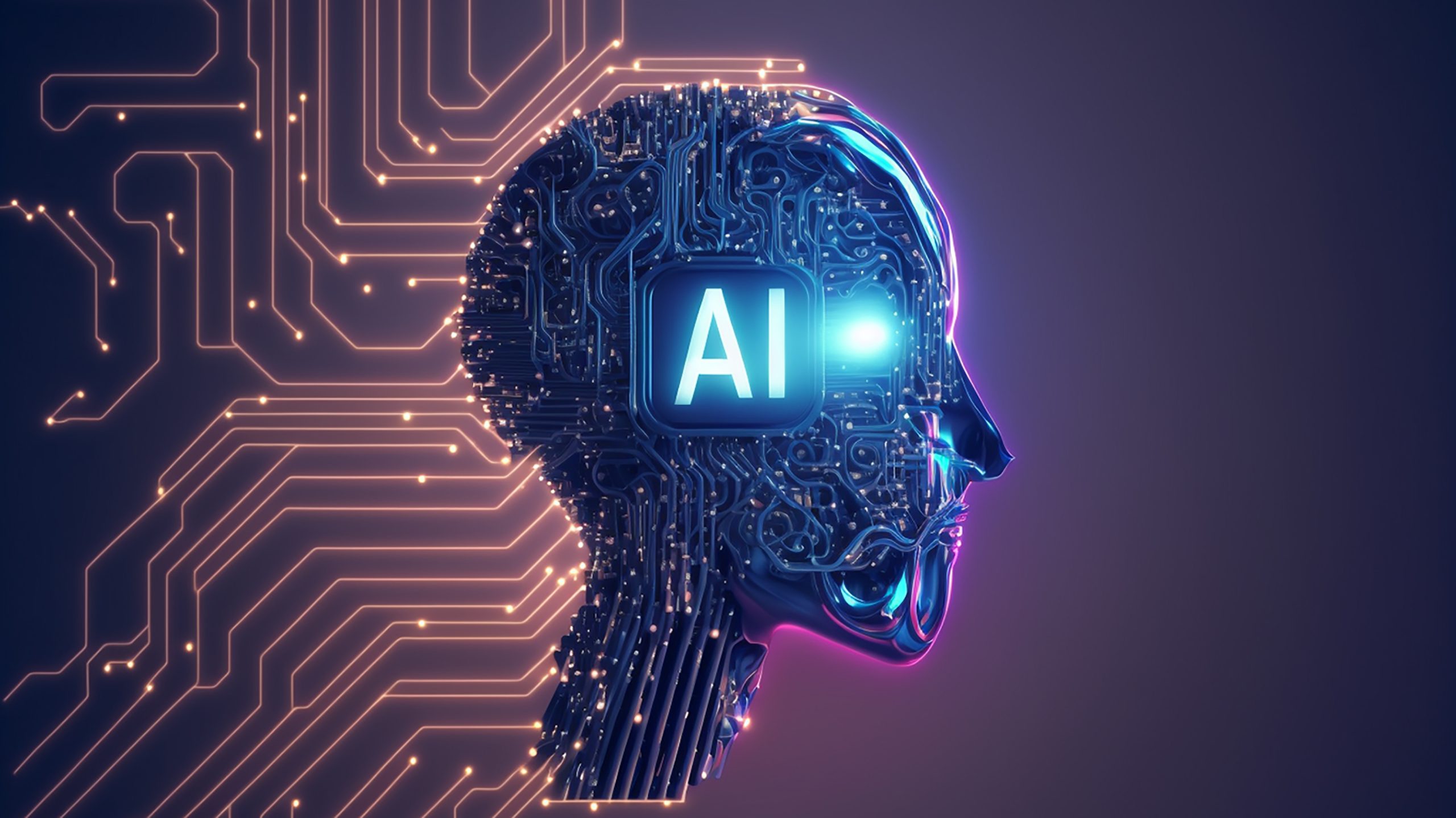Generative AI, a cutting-edge subset of artificial intelligence, is revolutionizing the future of work by transforming how tasks are performed, decisions are made, and creativity is harnessed. Unlike traditional AI, which typically focuses on analyzing and classifying data, generative AI creates new content and solutions by learning from existing data. This capability opens up new possibilities and challenges in the workplace, prompting a need for a human-centric approach to ensure that the benefits of AI are maximized while addressing potential disruptions.
Understanding Generative AI
Generative AI refers to technologies that can generate new data or content based on patterns learned from existing data. This includes a wide range of applications, from generating text and images to producing music and designing products. Key examples include language models like GPT-4, which can produce human-like text, and image generation tools like DALL-E, which create visuals from textual descriptions.
The core of generative AI lies in its ability to understand and replicate complex patterns through advanced algorithms such as neural networks and deep learning. By leveraging these techniques, generative AI can produce outputs that are both innovative and functional, offering new ways to approach various tasks and challenges in the workplace.
The Impact on Job Roles and Skills
-
Job Transformation
Generative AI is poised to transform a wide array of job roles by automating repetitive tasks, enhancing productivity, and enabling new forms of creativity. For instance:
-
Content Creation: In fields such as marketing, journalism, and design, generative AI can produce drafts of articles, generate marketing copy, and create design elements. This automation allows professionals to focus on more strategic and creative aspects of their work.
-
Software Development: AI-powered code generation tools developed by AI development companies can assist developers by suggesting code snippets, identifying bugs, and even writing entire programs based on high-level descriptions. This support can accelerate development cycles and reduce errors.
-
Customer Service: Generative AI can enhance customer service by creating personalized responses and handling routine inquiries. This enables customer service representatives to address more complex issues and engage in higher-value interactions.
-
Skills Evolution
As generative AI becomes more integrated into the workplace, the demand for specific skills will shift. Key areas of focus include:
-
AI Literacy: Understanding how generative AI works and how to effectively interact with AI tools will become essential. Workers will need to be adept at using AI systems and interpreting their outputs to make informed decisions.
-
Creative and Strategic Thinking: While AI can handle routine tasks, human creativity and strategic thinking will remain crucial. Professionals will need to leverage AI-generated insights to drive innovation and make strategic decisions.
-
Technical Skills: Knowledge of AI technologies and data management will be increasingly valuable. Workers with skills in programming, data analysis, and machine learning will be well-positioned to work alongside AI systems.
Workplace Dynamics and Collaboration
-
Enhanced Collaboration
Generative AI has the potential to foster new forms of collaboration between humans and machines. By automating routine tasks, AI can free up time for employees to engage in more meaningful and collaborative activities. For example:
-
Interdisciplinary Projects: AI can assist in projects that require input from multiple disciplines by providing data-driven insights and generating preliminary work. This allows teams to collaborate more effectively and focus on integrating diverse perspectives.
-
Creativity Boost: AI tools can serve as creative partners, offering new ideas and approaches that can inspire human creativity. By working together with AI, teams can explore innovative solutions and push the boundaries of what is possible.
-
Workplace Culture
The integration of generative AI into the workplace will also influence organizational culture. Key considerations include:
-
Trust and Transparency: Building trust in AI systems is essential for effective collaboration. Organizations must ensure that AI tools are transparent in their operations and provide explanations for their outputs to foster trust among employees.
-
Adaptability and Learning: Embracing AI requires a culture of continuous learning and adaptability. Organizations should support ongoing training and development to help employees adapt to new technologies and integrate them into their workflows.
Human-Centric Strategies for AI Integration
-
Ethical Considerations
A human-centric approach to generative AI involves addressing ethical considerations to ensure that AI systems are used responsibly. Key aspects include:
-
Bias and Fairness: Generative AI systems can inadvertently perpetuate biases present in training data. Organizations must implement measures to detect and mitigate bias, ensuring that AI-generated outputs are fair and inclusive.
-
Privacy and Security: Protecting data privacy and security is crucial when using AI systems. Organizations should implement robust data protection measures and ensure that AI tools comply with privacy regulations.
-
Employee Involvement
Involving employees in the integration of generative AI can enhance acceptance and effectiveness. Strategies include:
-
Engagement and Feedback: Engaging employees in the AI adoption process and seeking their feedback can help identify potential challenges and opportunities. Involving staff in decision-making and training can foster a sense of ownership and commitment.
-
Clear Communication: Transparent communication about the goals and benefits of AI integration can help manage expectations and address concerns. Providing clear information about how AI will impact job roles and workflows is essential for a smooth transition.
-
Reskilling and Upskilling
To ensure that employees are prepared for the changing job landscape, organizations should invest in reskilling and upskilling initiatives. Key actions include:
-
Training Programs: Offering training programs focused on AI literacy, technical skills, and creative problem-solving can help employees adapt to new technologies and enhance their capabilities.
-
Career Development: Providing career development opportunities that align with the evolving job market can support employees in transitioning to new roles and exploring new career paths.
Conclusion
Generative AI is reshaping the future of work, offering both opportunities and challenges. By adopting a human-centric approach, organizations can harness the potential of generative AI to enhance productivity, foster collaboration, and drive innovation while addressing ethical and practical considerations.

